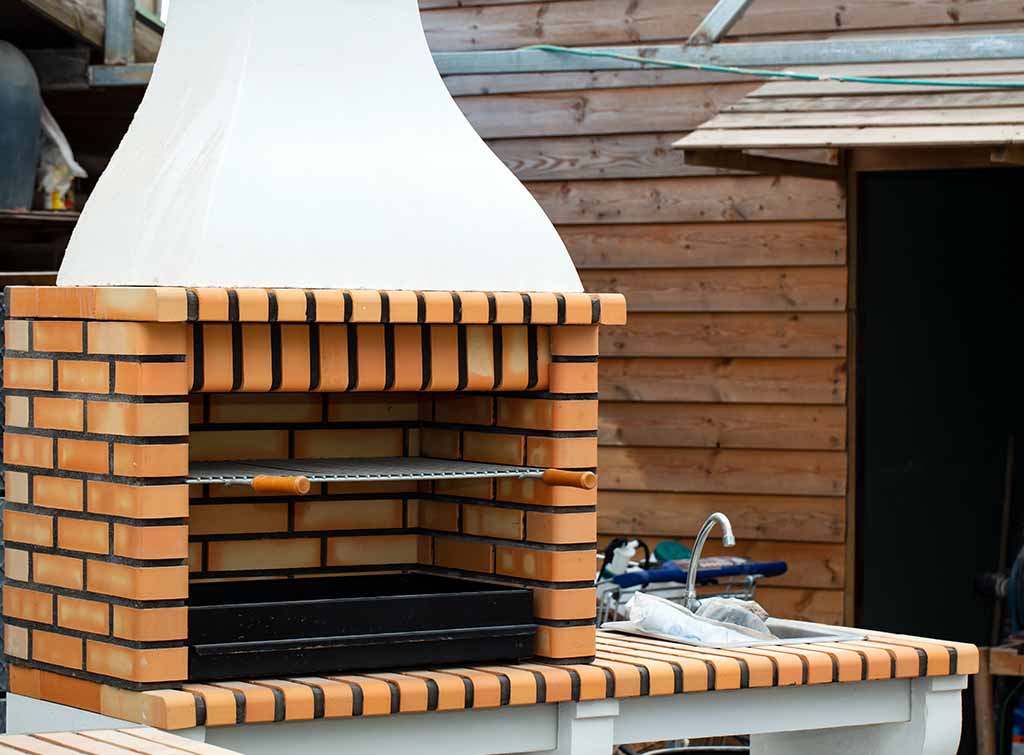Blog>Questions>Most efficient way of preparing wood
Last updated: 17 August 2023
Most efficient way of preparing wood
Interior woodwork can often do with a fresh lick of paint. If you’re a busy person – or you simply don’t want to waste your time carrying out more work than necessary – you’re probably wondering about the most efficient way of preparing wood before painting it.
Interior woodwork can often do with a fresh lick of paint. If you’re a busy person – or you simply don’t want to waste your time carrying out more work than necessary – you’re probably wondering about the most efficient way of preparing wood before painting it.
Well, that all depends on whether or not the woodwork has been painted previously.
Most efficient way of preparing wood that's been painted before
If your interior woodwork has previously been painted, follow these simple steps to prepare it for a fresh coat.
1. Sand or strip it
First things first, you’ll need to either sand or strip your wood.
If your paintwork is in relatively good condition, a light sand using fine sandpaper should do the trick. You don’t need to remove the paint completely – just sand enough to remove small imperfections and to help the paint grip the wood (known as creating a ‘key’ for it).
On the other hand, if your existing paintwork is a mess – for instance, it has many layers of old paint – then you’ll need to strip the surface back to bare wood before painting to get a good finish.
There are many ways to do this. The most efficient is probably to use a heat gun (unless there’s a possibility that your house has lead paint, in which case this should be avoided). Alternatively, you can use a liquid paint stripper, although this will likely take a bit longer.
Just make sure that you wear appropriate protective equipment for sanding or whatever paint-stripping method you choose.
2. Fill holes or cracks
Next, check the woodwork for holes or cracks.
Using a filling knife, work wood filler into the gaps. Scrape off any excess filler until the surface is as smooth as you can make it. Then, check the packaging of your chosen product to find the recommended drying time.
Once the product is dry, give the filled areas another light sand so that the surface is smooth and level.
3. Clean it
Finally, you just need to clean your woodwork ready for painting.
To start, brush down the surface and hoover it to remove dust and dirt. Then, follow up with a damp cloth to get rid of any remaining grease and grime.
You can also wipe the surface down with sugar soap. Apply it liberally but don’t soak the woodwork. When finished, wipe off the sugar soap with warm water.
Once the surface is completely dry, you can start painting!
Most efficient way of preparing bare wood
Preparing bare wood for painting? Follow these steps.
1. Apply a knotting solution
Wood nowadays is very young and full of resin. Over time, this can leak into your paintwork and ruin it.
If you’re dealing with new, unpainted wood, a knotting solution will prevent these leaks from happening.
Make sure that the wood is clean before starting, then apply two or three coats of knotting solution to any knots in the grain. It’s best to leave at least 30 minutes between coats, but always follow the manufacturer’s instructions when it comes to application and drying times.
2. Fill holes or cracks
Once the knotting solution is dry, check the surface for holes or cracks.
Use a filling knife to apply wood filler to the gaps and scrape off the excess. Then, wait for the product to dry following the recommended drying time on the packaging.
If needed, lightly sand over the filled areas until they’re flush with the rest of your woodwork. Remember to clean the surface afterwards to remove the dust created.
3. Apply primer
Finally, apply a coat of primer.
The primer will make it easier for your paint to cling to the surface of your woodwork, ensuring a long-lasting finish.
And voila! Your woodwork is ready for your undercoat.
Get the help of a professional
If you’re not confident preparing your wood – or you simply lack the time – why not get in touch with a local painter and decorator?
Not only will they be able to prepare your wood to a professional standard, but they’ll also be able to paint it for you, so you don’t have to lift a finger. Check out our guide to painter and decorator prices to learn more.
See the tradespeople we've checked and recommend for your job
See the tradespeople we've checked and recommend for your job
